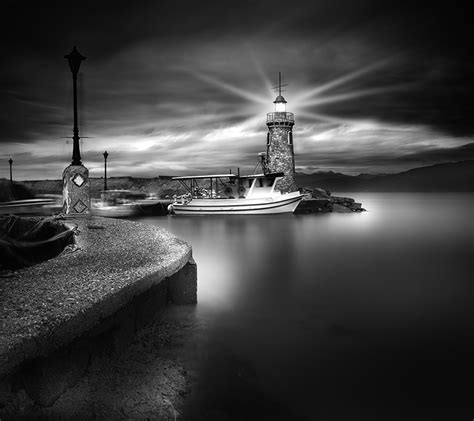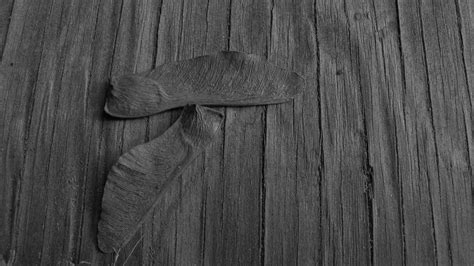If you are one of the many people who love the artistic look of a monochrome photograph, but are reticent about trying your own pictures, then you may be helped by a few black and white digital photography tips. The following advice is designed to help improve the quality, tone, and overall appeal of your shots.
Shoot with Low ISO
Typically, when taking color photographs, it is wise to shoot with the lowest possible ISO. When taking monochrome shots, this is extremely important, too. A higher ISO will result in a grainy effect known as noise. Bear in mind that if a little noise is what you are after, this can be easily inserted during the editing phase. Removing too much noise in editing, however, is not an easy matter.
What Light is Needed?
If you want to shoot great pictures, the best conditions are those days that are typically thought of as unsuitable for color photography, including gloomy overcast days. If there is a low level of light and contrast, these are great conditions for monochrome photography. So, if you usually shoot in color, but find yourself hampered by the weather, try some black and white shots.















Think About Composition
Perhaps unsurprisingly, the rules of composition are similar for all photographs. However, there is one obvious difference to bear in mind and that is that in monochrome pictures, you cannot use color to lead the viewer's eye.
Therefore, you will need to use textures, shapes and tones to do this for you. It may take a little practice before this becomes second nature to you, but it is well worth continuing to try. A good tip is to pay particular attention to highlights and shadows that could become features of your picture.
If Available, Use RAW
If the feature is available on your camera, you may want to consider using RAW rather than JPEG, as it provides more flexibility in the editing phase. If your camera does not allow RAW or you prefer not to use it, then stick to shooting in color and convert your pictures to black and white in the editing phase.
Because most digital cameras have a monochrome feature, you may be wondering why the advice is to shoot in color. Simply, converting to black and white in post-production allows you to have much more control over the end result.
These basic black and white digital photography tips will help you to improve the aesthetic appeal of your monochrome shots. However, the most important thing to remember is to practice. Do not be afraid to experiment with subjects, lighting conditions, tones, textures and composition.